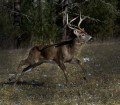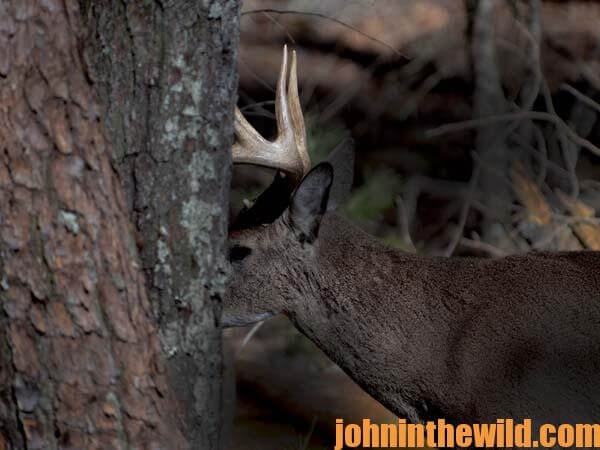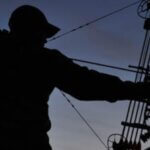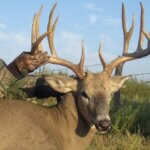John’s Note: One of the most-critical ingredients in recovering an arrowed deer is to know exactly what’s happened prior to, during and after the shot is taken.
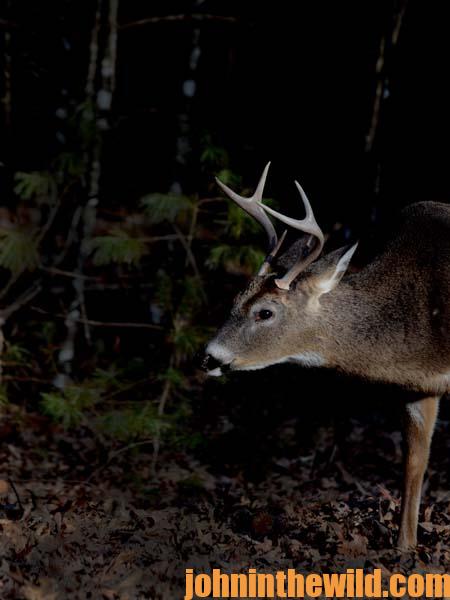 There are critical questions that should be asked before a hunter leaves his stand after arrowing a deer.
There are critical questions that should be asked before a hunter leaves his stand after arrowing a deer.
* Was the deer as close as you had thought he should be for you to aim properly?
* Did you wait until the deer crossed a certain premeasured landmark before you shot?
* Did you pick a spot on the deer to aim at, or did you shoot at the whole deer?
The second set of questions is just as important to the success of finding a deer.
* What did you see and hear after you released the arrow?
* Did you hear the arrow hit the deer?
* Did the animal stumble or fall?
* Was the buck’s tail up or down?
* Did the deer make a misstep as he fled the area?
Hearing the arrow strike the deer is not required to know whether your shot has been true or not. However, if you do hear the sound the broadhead makes as it enters the whitetail, you will be more assured that you have arrowed the deer. If the deer stumbles or falls, then you may be convinced you’ve made a good hit. However, a shot to the heart or lungs doesn’t always result in an erratic motion of the deer. Most often if a deer is well hit, his tail will drop and be tucked between his legs as he flees, but not always.
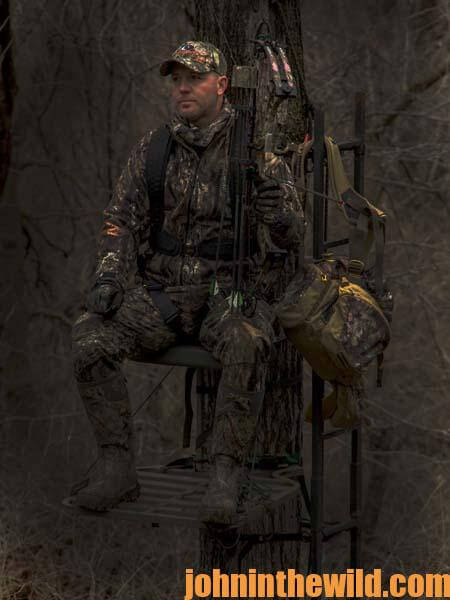 When a deer escapes with his tail held high, but you don’t hear or see anything that may indicate you’ve hit the deer, then, the chances are that you’ve missed. But the lack of these signs doesn’t mean you shouldn’t search for the animal. Often a deer may be mortally wounded but never give any visual sign or audible sound to indicate the severity of the wound.
When a deer escapes with his tail held high, but you don’t hear or see anything that may indicate you’ve hit the deer, then, the chances are that you’ve missed. But the lack of these signs doesn’t mean you shouldn’t search for the animal. Often a deer may be mortally wounded but never give any visual sign or audible sound to indicate the severity of the wound.
But what about my friend Kevin who was still up in the tree (see Day 1)? The only information Kevin had was that he had heard the arrow hit. Because of the late hour, he couldn’t see the placement of the arrow or the buck’s reaction. He couldn’t determine if the tail was tucked, since the tail wasn’t visible. But he did hear what sounded like the animal’s stumbling and maybe falling as the 6 point fled.
To get John E. Phillips’ Kindle eBooks and print books on hunting deer, “How to Hunt and Take Big Buck Deer on Small Properties,” “How to Hunt Deer Up Close: With Bows, Rifles, Muzzleloaders and Crossbows,” “PhD Whitetails: How to Hunt and Take the Smartest Deer on Any Property,” “How to Take Monster Bucks,” “How to Hunt Deer Like a Pro,” and “Bowhunting Deer: Mossy Oak Pros Know Bucks and Bows,” or to prepare venison, “Deer & Fixings,” click here.
For information on making jerky from your deer to provide a protein-rich snack, you can download a free book from https://johninthewild.com/free-books.


